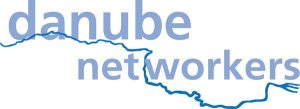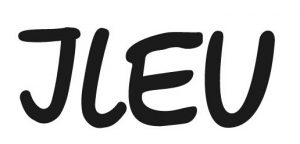Teaching by lectures the host country language
Step 1: Checking the mother tongue literacy
Step 2: Engagement of the cultural broker if participant’s mother tongue literacy is too basic (low). Learning can be facilitated through the use of other languages and with the help of a cultural broker.
Step 3: The teacher shall stimulate learners to present the topic of learning in their mother tongue (present words, grammatical rules, compare and define similarities and differences between languages). By doing this, the mentor shows interest and respect to the culture and language of the participants which makes it easier to establish the most important principle of intercultural communication (dialogue).
Step4: Lectures combined with workshops, visiting museums and theatres, role-play.
Step 5: When participants have no or just basic knowledge of the official language, stress/emphasis should be put on practicing communication skills and learning phrases that they could use in everyday situations rather than on grammar and vocabulary. Knowledge of host-country language is precondition for all other activities in the project
Pedagogical Information
This method is part of specially prepared curriculum. Short-term staff training program (train the trainer course) was prepared as an intensive educational program for 15 future trainers from partners organisations who were prepared to work with legal migrant women by special developed curriculum for migrants. This program lasted for 5 days and participants have strengthened their professional knowledge and skills with new teaching methods like dealing with prejudice by world café method, how to make personal education plan, guidance, informing and counselling, learning to learn competence, NLP methods and techniques – practical tips for classroom use, identification and validation of informal and non-formal learning – tools, in-classroom use of ICT tools and materials, interculturality and key characteristics of migrant learners, practical tips for classroom use: sustainability – a universal topic, detailed instructions for pilot implementations of the program.
Partners have made a curriculum proposal that served organizations as a basis for adapting the curriculum to their needs and the needs of migrants. This curriculum consists from seven modules such as learning of the official language of the country of residence, introduction of the EU and country of residence, organised sightseeing and field trips, workshops on integration into the labour market, ICT workshops, organised visits to institutions and employers, in-company training. The duration of the program is 80 hours of theory and 80 hours of in-company training, that enables them to apply newly acquired knowledge in order to help them have better social integration and integration to countries labour market.
European Dimension
Method is focused to development of skills and some European values related to diversity, heritage (of host country and native country), intercultural communication and understanding (because participants were from different countries and continents).
Applied in projects
I am an Active Member of Multinational Society (I'm Active+)
Project I am Active strived to achieve two main intellectual outputs: methodology and guidelines for implementation of training the trainers programme and curriculum and recommendations of the programme for promoting social integration and development of intercultural dialogue with women third country nationals – stressing their integration into labour market.
Partners have made a curriculum proposal that served organizations as a basis for adapting the curriculum to their needs and the needs of migrants.



